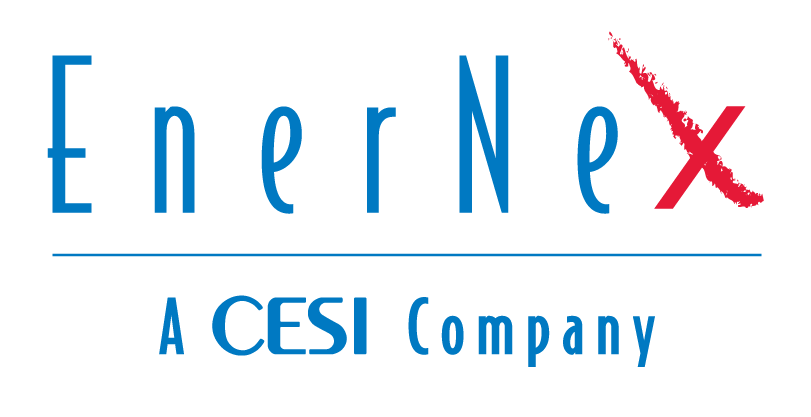By Bob Zavadil, Executive Vice President and Co-Founder
Bob Zavadil, EVP and Co-Founder of EnerNex, actively participates in the Utility Variable-Generation Integration Group (UVIG) and acts as the chair for the VG Modeling and Interconnection User Group. This post originally appeared on uvig.org.
Large renewable generating facilities – especially wind and solar – have been full-fledged citizens of the bulk electric system (BES) in the U.S. for almost two decades now. The process toward achieving this status has been steady but full of challenges. The initial hurdles of characterizing and then capturing the steady-state and dynamic behavior of renewable plants in models for the computer tools used to analyze the BES were overcome (it appears) with major support from UVIG and its members. While work will be ongoing this area – as is the case for all equipment comprising the BES – the industry is at a point where renewable plant technology is no longer a complete mystery to transmission system planners and engineers.
It now appears that the emphasis will be shifting in a major way to the validation of models for bulk renewable plants. UVIG has actually been discussing this topic in the Modeling & Interconnection User Group for the last five years, and while it was recognized as a critical need by not only user group members, a natural part of the progression for all bulk power system technologies, the industry in general lacked the bandwidth and focus to make substantial progress.
The approval and forthcoming implementation of NERC Standard MOD-033-1: Steady-State and Dynamic System Model Validation is the trigger that will up the ante on this topic. Set to be implemented on July 1, 2017, the standard aims to “establish consistent validation requirements to facilitate the collection of accurate data and building of planning models to analyze the reliability of the interconnected transmission system.” NERC planning coordinators will be charged with implementing a validation process for which Reliability Coordinators and Transmission Operators must provide data on system behavior. In effect, the critical need to compare dynamic model performance to reality will be formalized via standard.
So what does this mean? After all, it has been recognized for quite some time that all models need to be validated, and we have actually been doing this for most bulk system equipment since the early days of computer tools and methods for planning and analysis. The responsibilities designated in the standard mandate that an actual process be created and administered by planning coordinators. The language is stronger and more clear than in the previous standards, in recognition of some previous system events (such as the August 2003 blackout) where computer models could not adequately explain the realities of major system failures.
The shape, form, and details of the processes as implemented by the planning coordinators are still to be determined. Despite these uncertainties, a couple of things are pretty clear at this point for bulk renewable plants. The first is that monitoring at the point of interconnection to the BES will become a de-facto requirement; measurement data that documents the response of the plant to an event or disturbance on the transmission network is absolutely essential for model validation, and continuous monitoring is the most effective way to acquire such data. Second, the scope of this effort is huge. Consider that there are probably 500 or more individual renewable plants connected to the BES in the U.S. Through the processes mandated by MOD-033-1, each of these plants will require model validation. While many plants may be of similar size and employ the same technology (i.e. wind turbine or power converter), each plant is unique to some degree, and the language of the standard (as well as the other standards in the NERC MOD family) views plants as individual entities.
Needless to say, the UVIG Modeling & Interconnection User Group will be following developments relating to this looming industry change closely.


